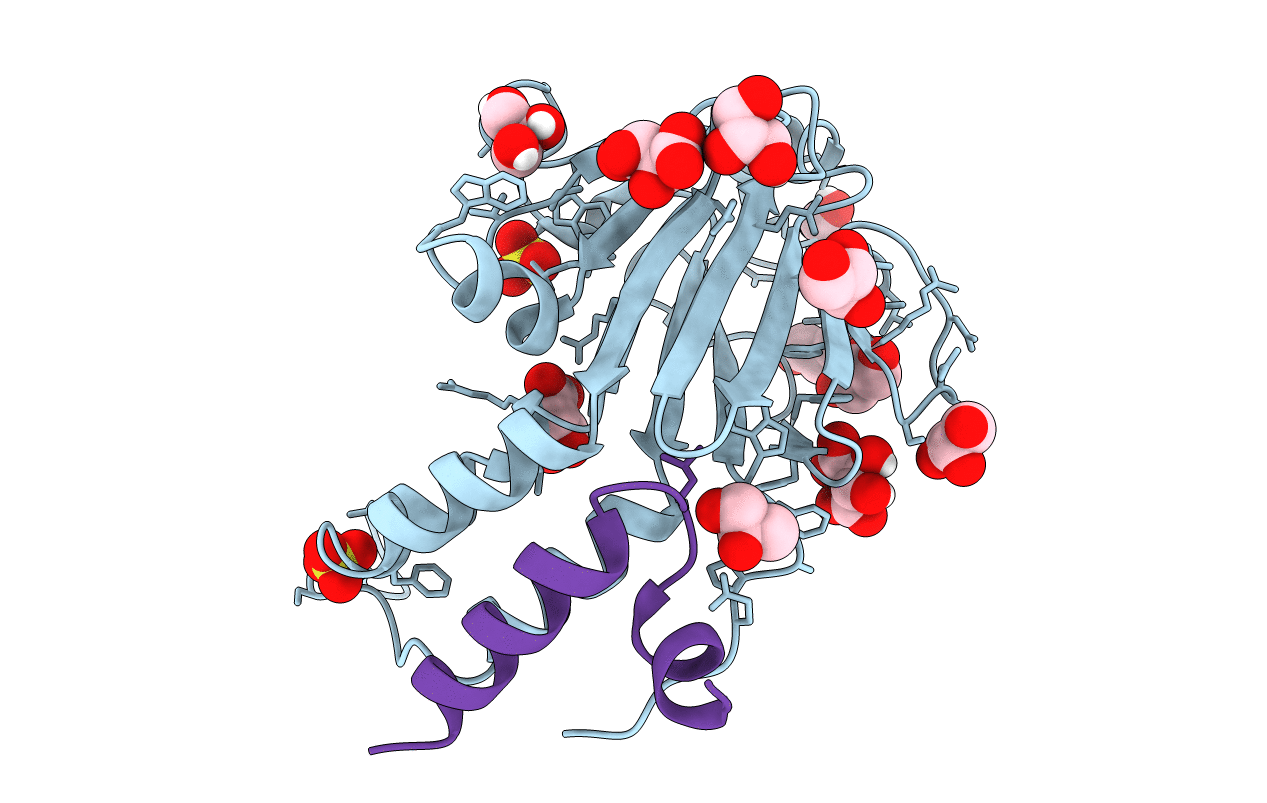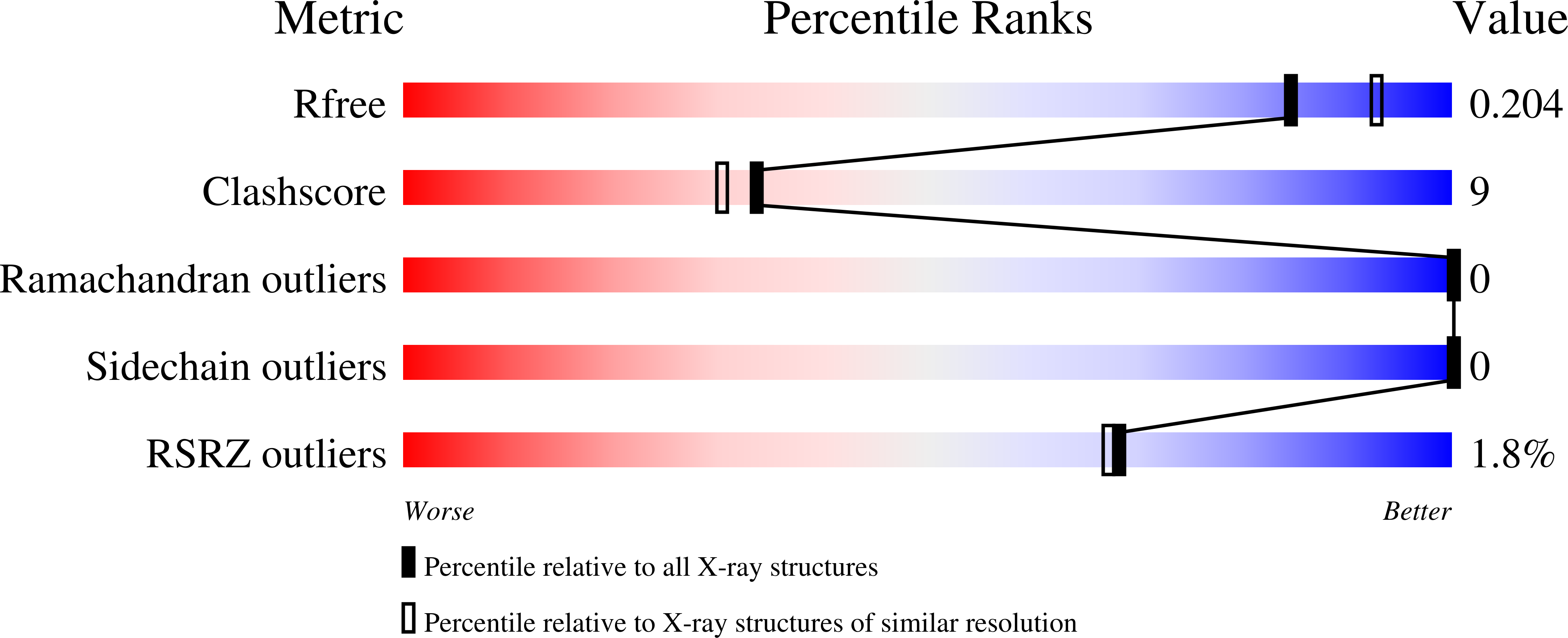
Deposition Date
2020-07-27
Release Date
2021-06-09
Last Version Date
2024-10-23
Entry Detail
PDB ID:
6ZVQ
Keywords:
Title:
Complex between SMAD2 MH2 domain and peptide from Ski corepressor
Biological Source:
Source Organism:
Homo sapiens (Taxon ID: 9606)
Host Organism:
Method Details:
Experimental Method:
Resolution:
2.03 Å
R-Value Free:
0.21
R-Value Work:
0.16
R-Value Observed:
0.16
Space Group:
I 21 3


